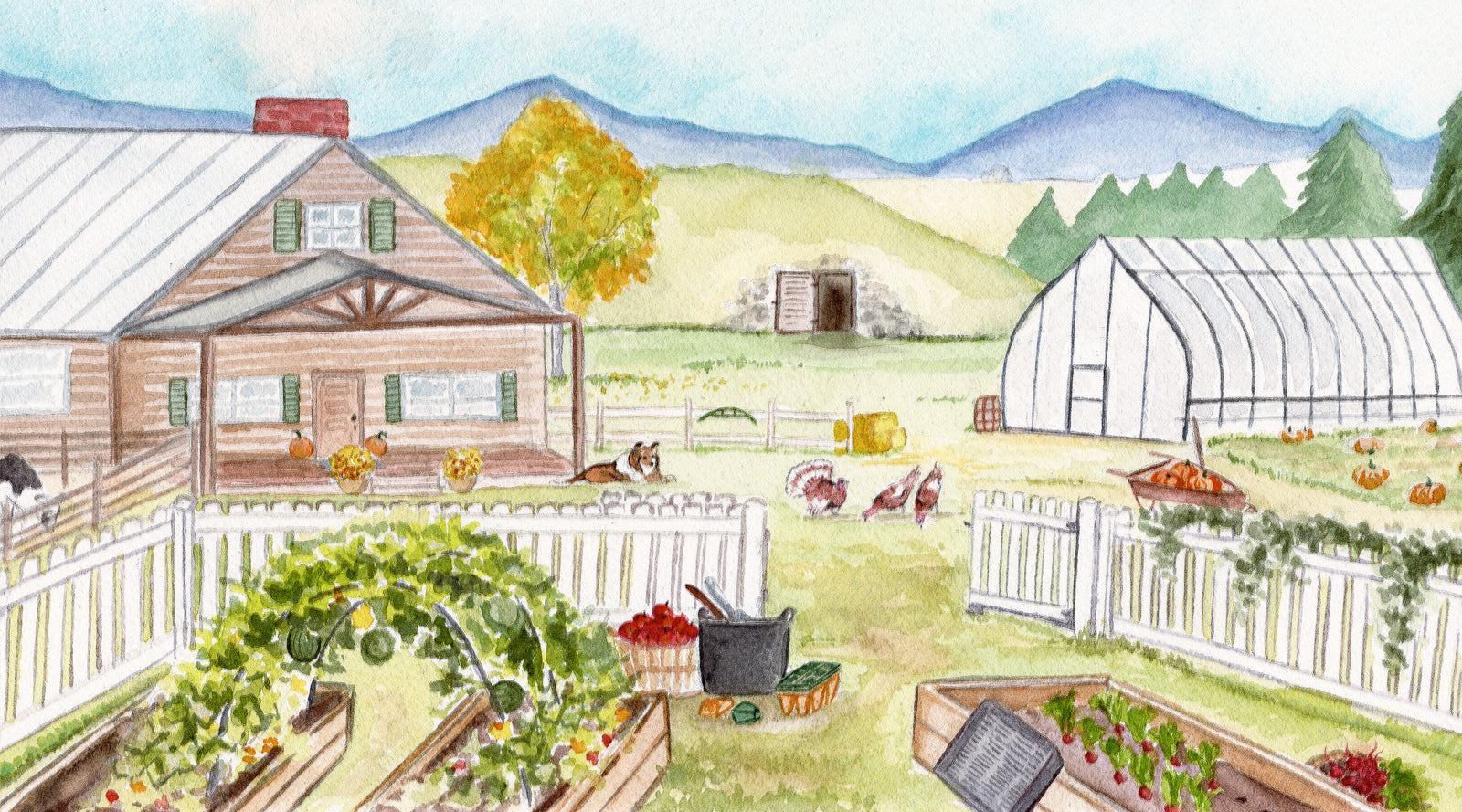
Homesteading
Cultivate a thriving homestead with insights from our seasoned writers, offering advice on a spectrum of topics from sustainable practices to hands-on experiences.
shop supplies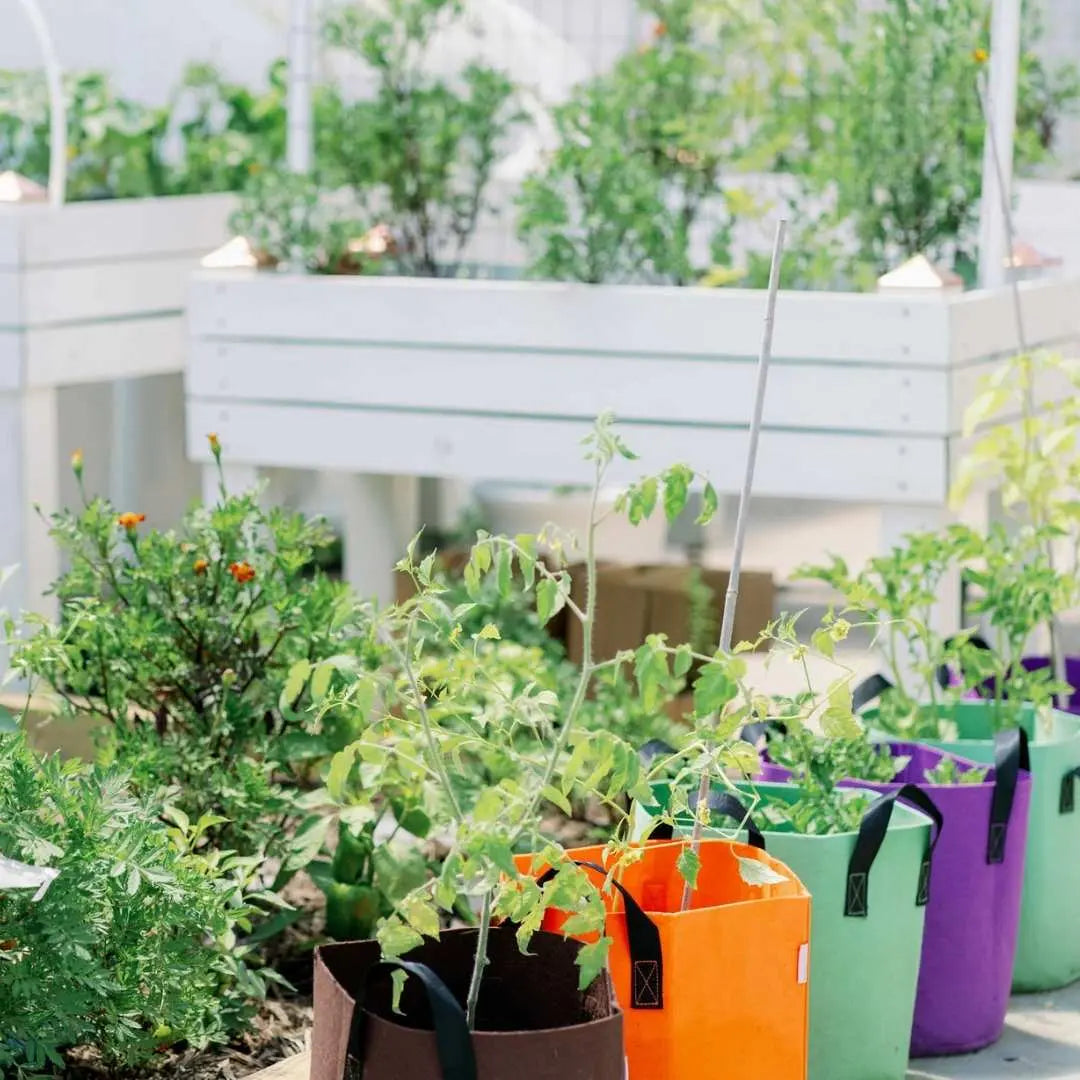
STARTING YOUR SKILLSET FOR YOUR HOMESTEAD WITHOUT LAND
Homesteading requires a wide range of skills, which means learning what you can now will help you be better prepared when you have the opportunity to expand your homestead to a plot of land. Being a homesteader is more about state of mind than owing the perfect acreage
STARTING YOUR SKILLSET FOR YOUR HOMESTEAD WITHOUT LAND
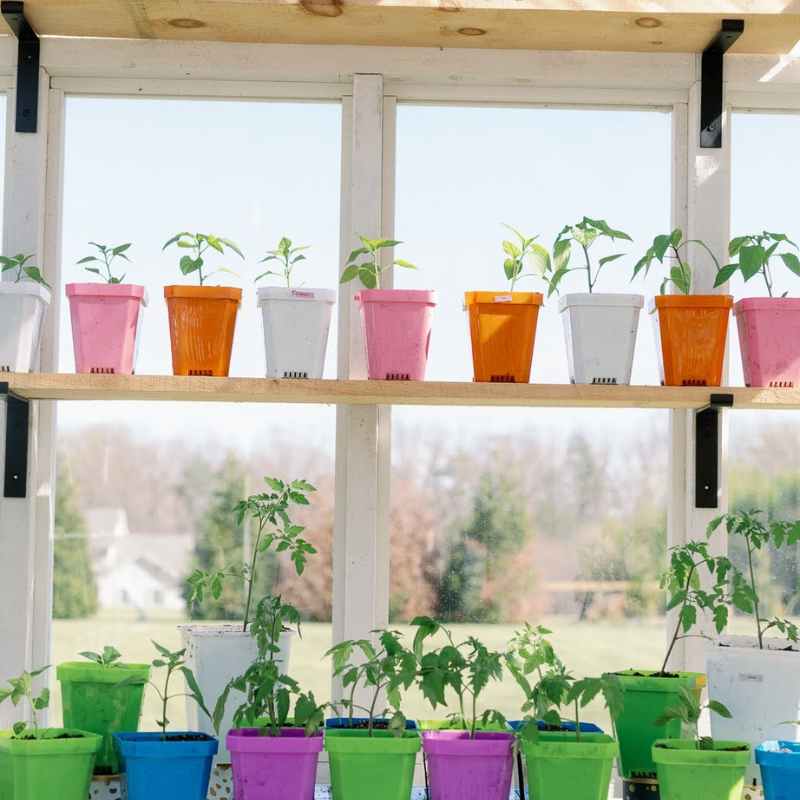
Making Money on Your Homestead
With hard work and dedication, working on the homestead can become a full-time gig. Here, we will outline 12 homesteading business ideas and provide guidance for beginning the journey.
Making Money on Your Homestead
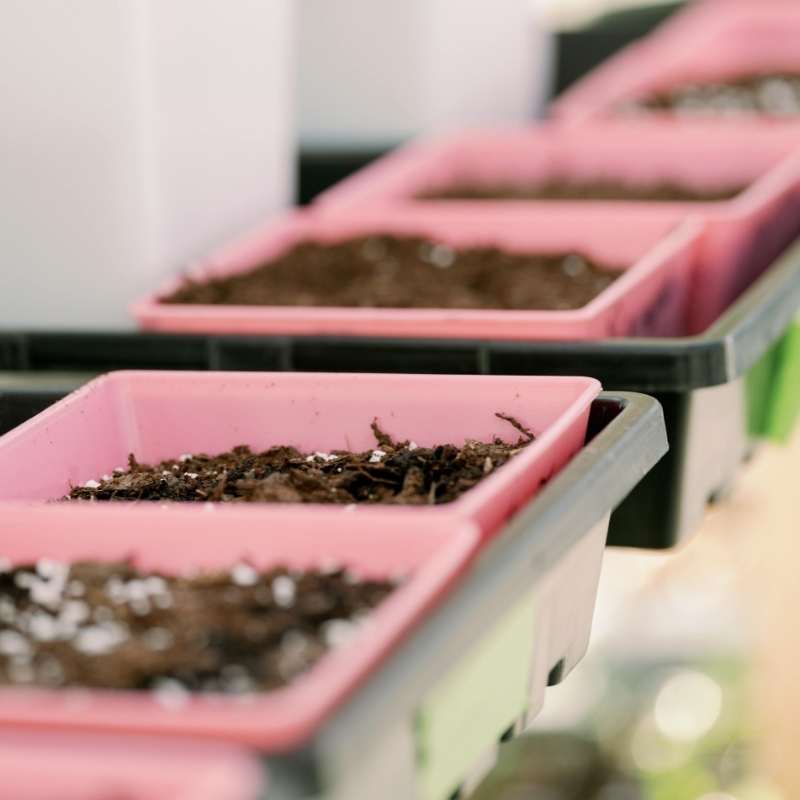
5 x 5 Trays for Starting Flowers and Herbs
DIY tips for seed-starting tiny seeds from resident grower Emily. Learn about space-saving solutions for growers with limited room. Click here for a seed-starting tutorial along with other gardening tips at Bootstrap Farmer!
5 x 5 Trays for Starting Flowers and Herbs
Walking the Walk
Meet Jill Ragan, the heart and soul behind Whispering Willow Farm, nestled in the picturesque hill country of Central Arkansas. Jill's journey in garden-growing and homesteading spans over a decade. Her story is one of passion and resilience, marked by a deep connection to the land.
Drawing inspiration from her roots—an honest lineage of growerss who cultivated sustenance out of necessity and cultivated with unwavering passion—Jill's commitment to sustainable farming and her genuine love for the soil shine through in every aspect of Whispering Willow Farms.
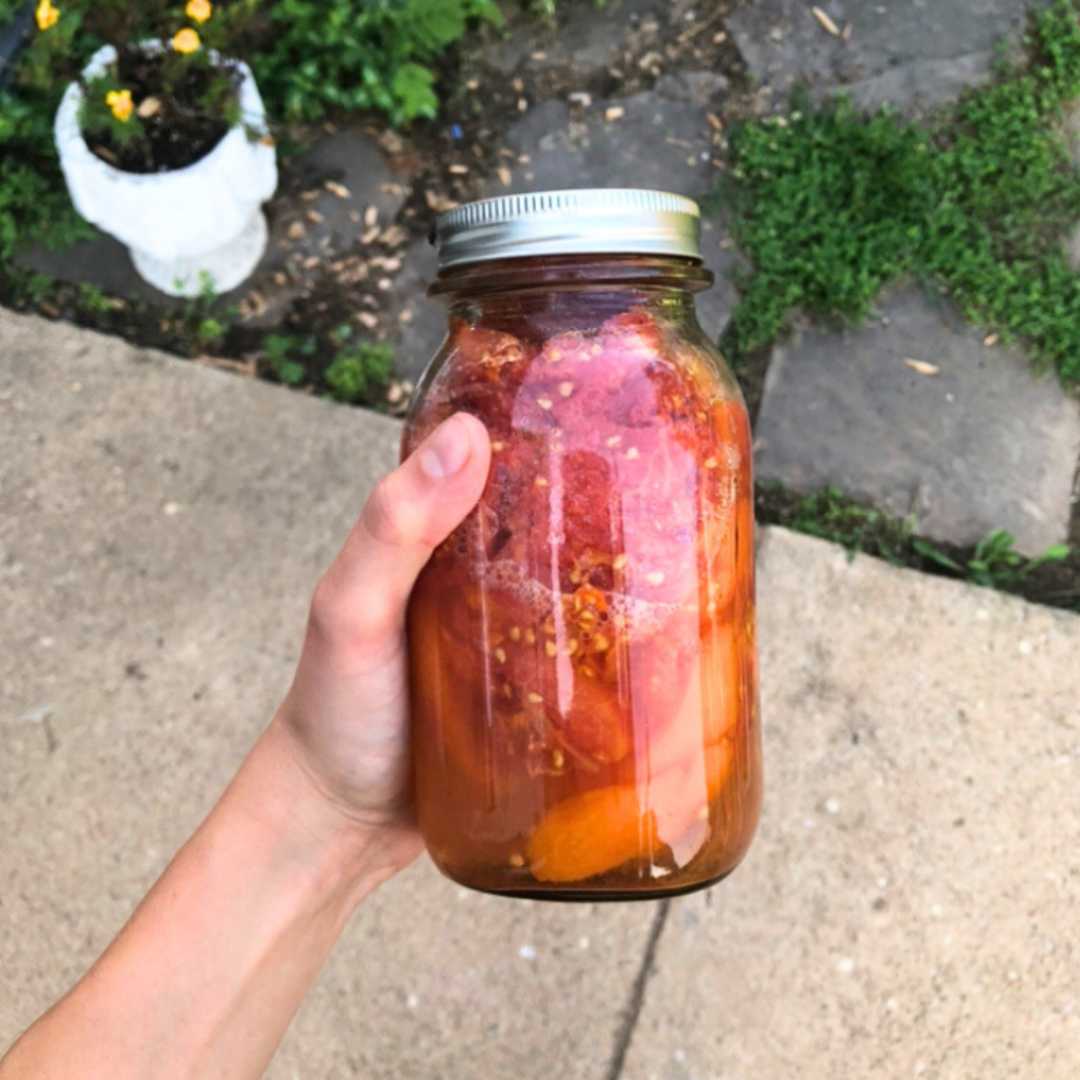
TOP 8 BEST FOODS TO GROW AND PRESERVE
Preserving the harvest has been a goal of growers and farmers since the advent of agriculture. Whether through drying, root cellars, pickling or fermentation, humans have always sought to increase access to nutritious foods outside of their growing season. Read about ways to preserve food!
TOP 8 BEST FOODS TO GROW AND PRESERVE
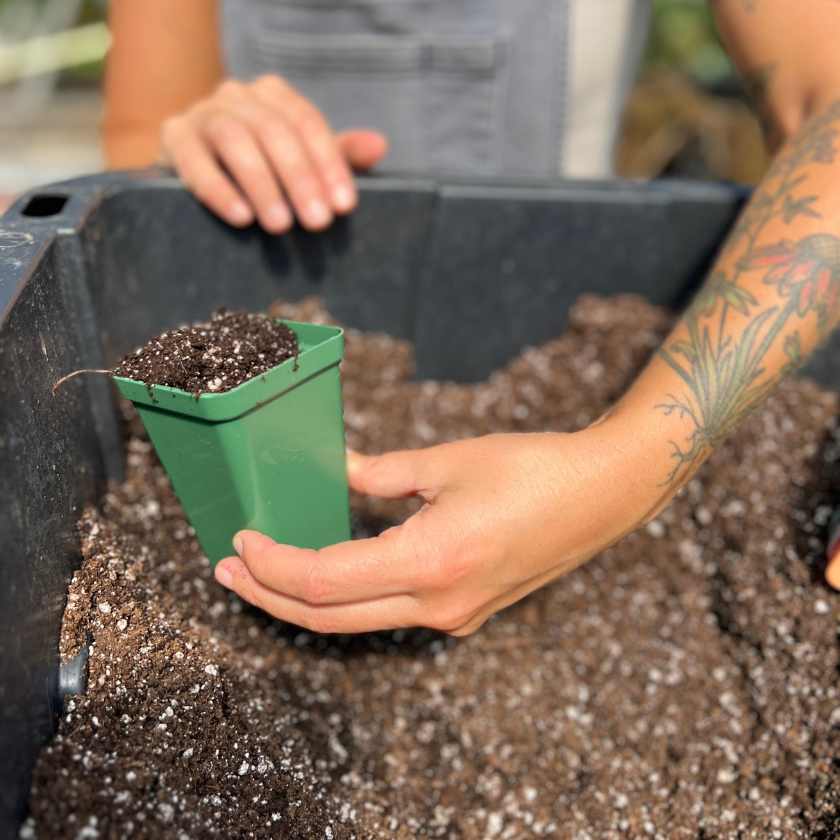
When to Start Seeds on Your Homestead
Learn the basics of starting seeds indoors and gain insight into how you can use a frost blanket for your homestead garden. Get tips and advice on when is it best to start your seeds, what equipment you will need, and how much time to invest in the process.
When to Start Seeds on Your Homestead
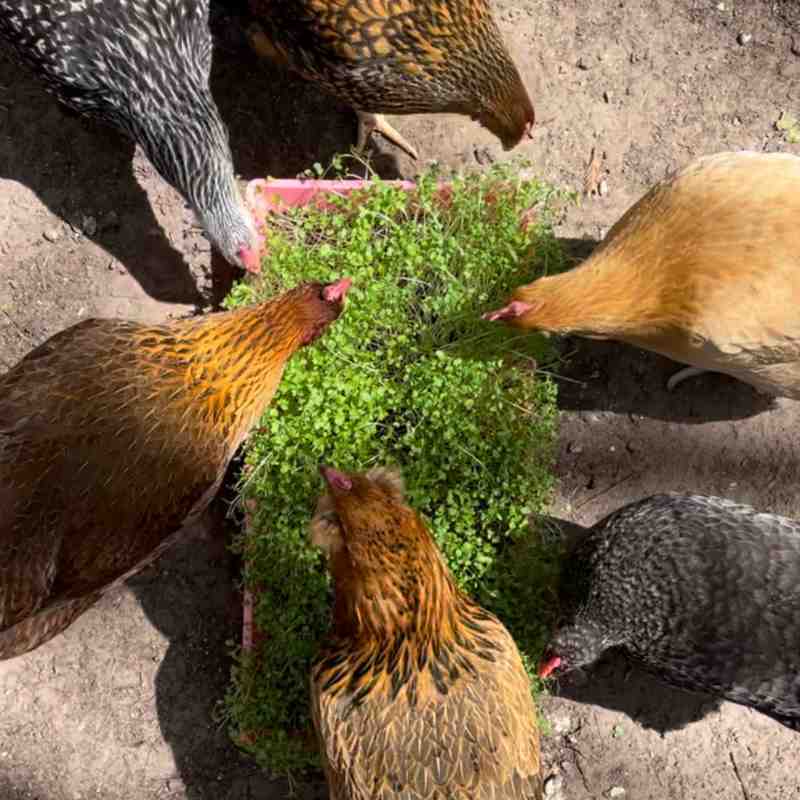
Growing Fodder for Chickens
Are you looking for ways to provide your chickens with fresh nutritious food in the winter? This guide will teach you how to grow chicken fodder so you can get started asap. You'll also learn about the different types of fodder available and which to choose for your chickens.
Growing Fodder for Chickens
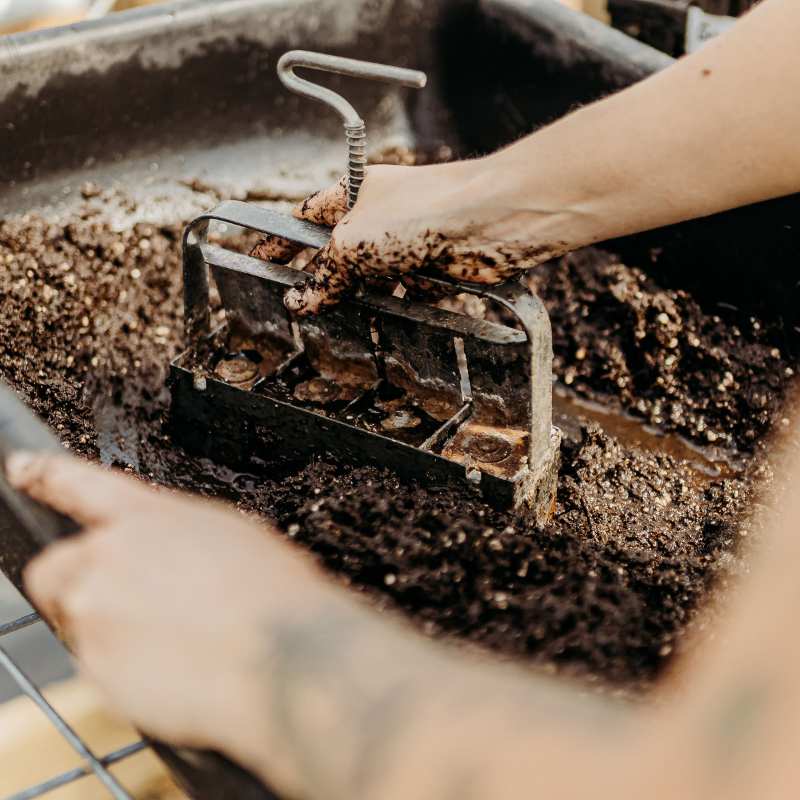
Soil Blocking 101
Soil blocking is an eco-friendly, lower-waste method of seed starting that, when done right, can establish healthy seedlings that quickly acclimate after transplanting due to limited shock.
Soil Blocking 101
Recent Blogs

A Beginner's Guide to Year-Round Gardening on Your Homestead
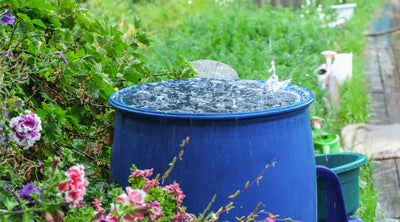
Building Your Own Rainwater Collection System

How to Replace a Frost-Free Hydrant

Caring for Chickens in Every Season
FAQ
-
Homesteading requires a wide range of skills, which means learning what you can now, even without land, will help you be better prepared if you ever have the desire or opportunity to expand your idea of homesteading to a plot of land. Being a homesteader is more about state of mind than owning the perfect acreage.
-
The best layout for a homestead vegetable garden often includes raised beds or rows oriented in a north-south direction to maximize sunlight exposure.
-
We recommend gradually starting with smaller sections and expanding as you gain experience and resources.
-
The best homemade compost is a balanced mixture of nitrogen-rich, green materials such as kitchen scraps, grass clippings, and fresh plant material, and carbon-rich, brown materials such as dried leaves, straw, and cardboard. It should also include adequate moisture and oxygen to support microbial activity and decomposition. Regular turning or aerating of the compost pile helps ensure proper decomposition and aeration. Aim for a diverse mix of organic materials and maintain the right balance of greens and browns to create nutrient-rich compost for your garden.

